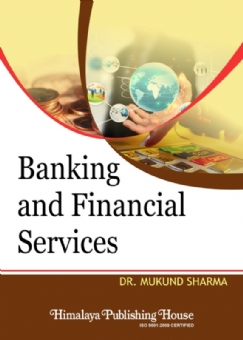The main objective of CRM is to focus on customer preference, creative marketing channels, target market identification and quality service delivery to customers. Electronic Customer Relationship Management (e-CRM) deals with digital communication tools for establishing and improving all functions of CRM efficiently. The term e-CRM is closely related to e-commerce. It emphasises on Customer Relationship Management by using IT (Information Technology). It helps organisations to make a bridge between internal stakeholders and customers for a long term and satisfy the customer needs and wants. CRM software helps to increase the value of the relationship between organisations/institutions and its customers/related stackholders. It also manages smoothly all the marketing activities in the organisation and handles the sales workload effectively and in easier way. CRM software maintains the customer relationship efficiently with the help of customer information along with sales leads and marketing information. It merges total customer data and provides a single customer interface which is easily accessible. The aim of this book is to share scholarly knowledge about CRM which enables the organisations to analyse consumer behaviours and helps to maintain a long-term relationship with customers. CRM and e-CRM help to increase customer retention and profitability of the organisation. They enable new market opportunities through acquiring knowledge about new customers. They always try to make a balance between incurring costs and customer satisfaction which leads to gain maximum profit by the organisation. Also, they help to accelerate the selling process and reduce the expenditure of new customer acquisition.
Our book will help readers to understand the benefits of CRM and e-CRM as mentioned below.
– CRM and e-CRM increase sales revenue and profit margin of the organisation.
– They decrease sales and marketing costs.
– They help to fulfil customer needs and wants.
– They help to develop effective customer service and support.
– They assist to fight against tough global competition.
– They improve customer satisfaction level and increases customer loyalty.
– They help to develop efficient communication channel and network.
– They help to assess new sales opportunities.
Following are the salient features of this book.
1. All chapters have been discussed in a very simple and lucid language so as to make the subject easily understandable to our beloved students. Concepts and Case Studies are related to the latest practices of CRM in different industries.
2. This book emphasises on CRM as well as e-CRM and its immense significance from the organisational perspective with practical examples.
3. This book has tried to cover all the dimensions of CRM and e-CRM which help the readers to understand quality customer service delivery, customised care and empowering customers.
4. This book focuses on different CRM software, acting as a vital solution support system in different scenarios through which customers as well as the organisation can be benefited simultaneously in the tough competitive world.
This book is appropriate for Management students at post graduate level of different universities in India and abroad. This book can be used as a reference book for HR and marketing professionals.
Contents –
1. Introduction
2. Types of CRM
3. Operational Aspect of CRM Systems
4. Data Mining and Data Warehousing
5. CRM Strategy and CRM Organisation
6. Planning and Implementation of CRM Strategy
7. Managing a CRM Project
8. Customer Retention Strategies in CRM
9. Marketing Aspect of CRM
10. Human Resource Management in CRM
11. E-CRM: Introduction of CRM Software
12. Top CRM Software and Functionality
13. The Future of CRM: Opportunities and Challenges
14. Applications of CRM and CRM Software in Different Industries
Bibliography
Index






